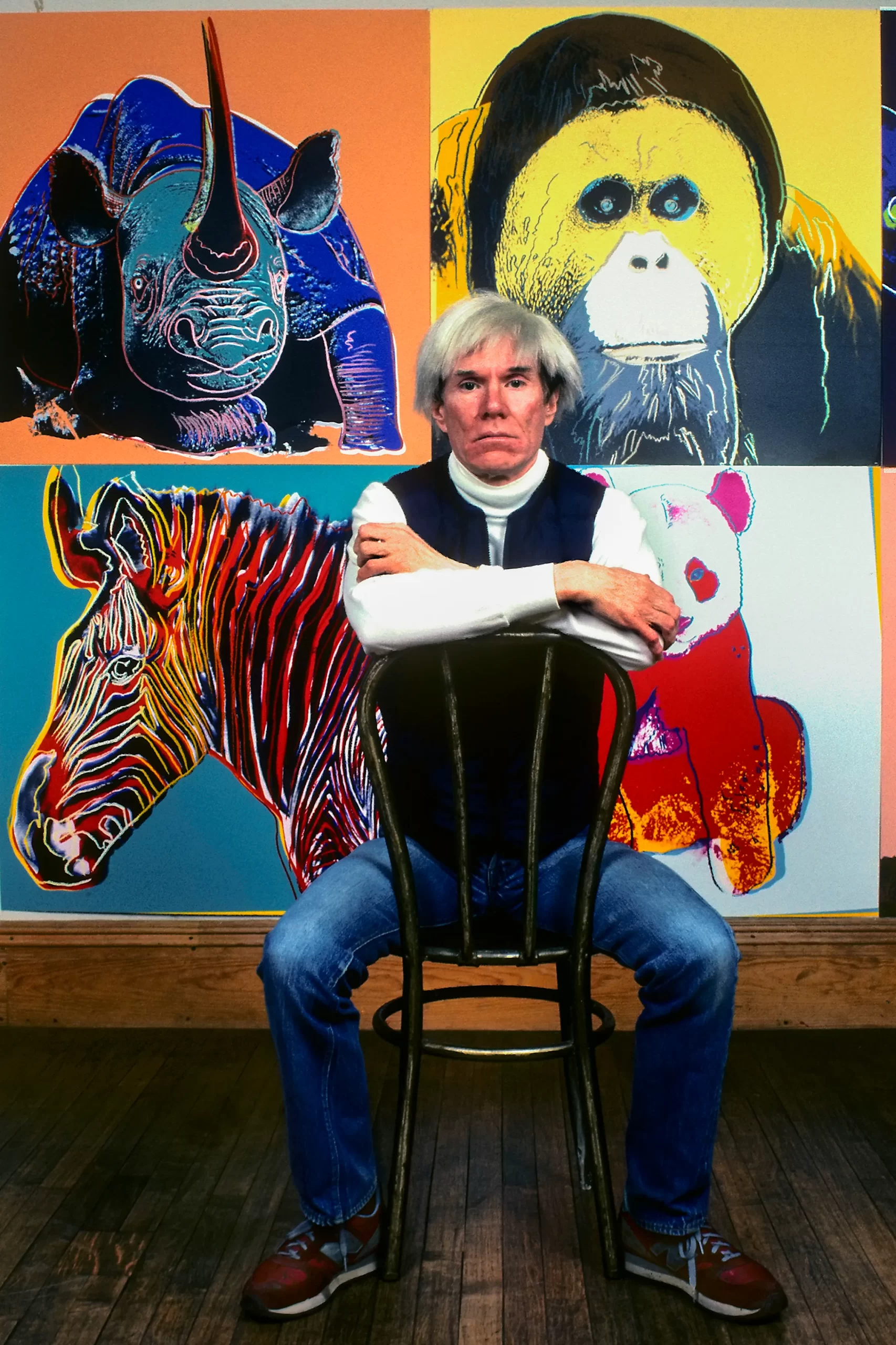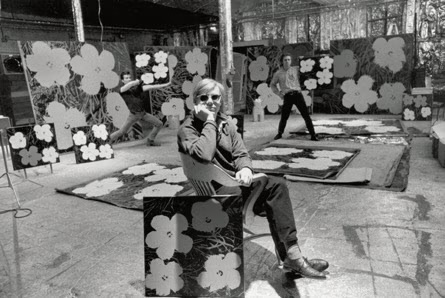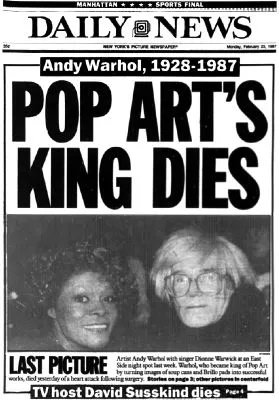
Andy Warhol
Hubby and I recently motored through the Appalachian Mountains via four tunnels as we headed west on the turnpike to Da ‘Burgh! That’s Pittsburgh. One would think Pittsburgh was an island with its 446 bridges. The City of Bridges connects the city’s hills, ravines, and three rivers and is an attractive town, rich in culture and history. Many millions were amassed here with steel, coal, and food. The names jump off the history pages; you know them, Mellon, Carnegie, Heinz, and Frick, to name a few.

Pittsburgh seems so far removed from everything. It was only because I accompanied my husband on a business trip to the Three River City that I found myself here and trying to occupy my time. I didn’t have to look far for a lesson in Pittsburgh history; we stayed at the Omni William Penn Hotel. The nearly 100-year-old historic art deco-style hotel was developed by Henry Clay Frick in 1916. I saw evidence of the old world charm around the hotel: velvet settees, grand chandeliers, and ballrooms; it reminded me of the Plaza Hotel in New York City, the old money feel of everything elaborate.

I peered through the aptly placed tourism books and magazines about Pittsburgh to learn of the many things to see and do in Da ‘Burgh. The Andy Warhol Museum, nearby, within walking distance, sounded like a plan. Before Jeff Koons, there was Andy Warhol! I recall my childhood memories of Andy Warhol as a Pop artist as he was known. Just recently, in September 2012, Target sold a special edition of the Campbell’s tomato soup can to commemorate the 50th anniversary of the first showing by Warhol. I made the .75 purchase to own my piece of Warhol.

The Andy Museum, established in 1994 and dedicated to the artist’s life, is housed on four floors on the north side of Da ‘Burgh, allowing me to peek into his life intimately. The four-floor museum holds an extensive permanent collection of 600 boxes of time capsules, the largest museum in this country dedicated to a single artist. Don’t you find it fascinating when people catalog their lives while they are living? As if they know one day, I want to display who I am or was.

Sotheby’s, the high-end auction house in New York City, took nine days to sell his estate. The sale grossed more than $20 million. His staff was responsible for categorizing his possessions with common themes inside each box, thus accumulating his time capsules.

Andy, educated in his native Pittsburgh, with his Carnegie Institute of Technology (Carnegie Mellon) commercial art degree, headed to New York City in 1949 for his first job as a commercial illustrator at Harper’s Bazaar magazine.

Warhol was a leading figure in the visual art movement known as pop art. Some interesting trivia: The term “Pop” came from the word popular and was given by an art critic of British origin named Lawrence Alloway. Alloway meant that this kind of art veered towards things that are part of modern culture. That sort of art borrows from mass media things to produce interesting collage-like art that is interesting to look at.

Andy’s art encompassed many forms of media, including hand drawing, painting, printmaking, photography, silk screening, sculpture, film, and music. His studio, The Factory, was a gathering place for intellectuals, drag queens, and celebrities.

Warhol died on February 22, 1987; according to news reports, he was recovering from routine gall bladder surgery at New York City Hospital before dying in his sleep from sudden post-operative cardiac arrhythmia.
